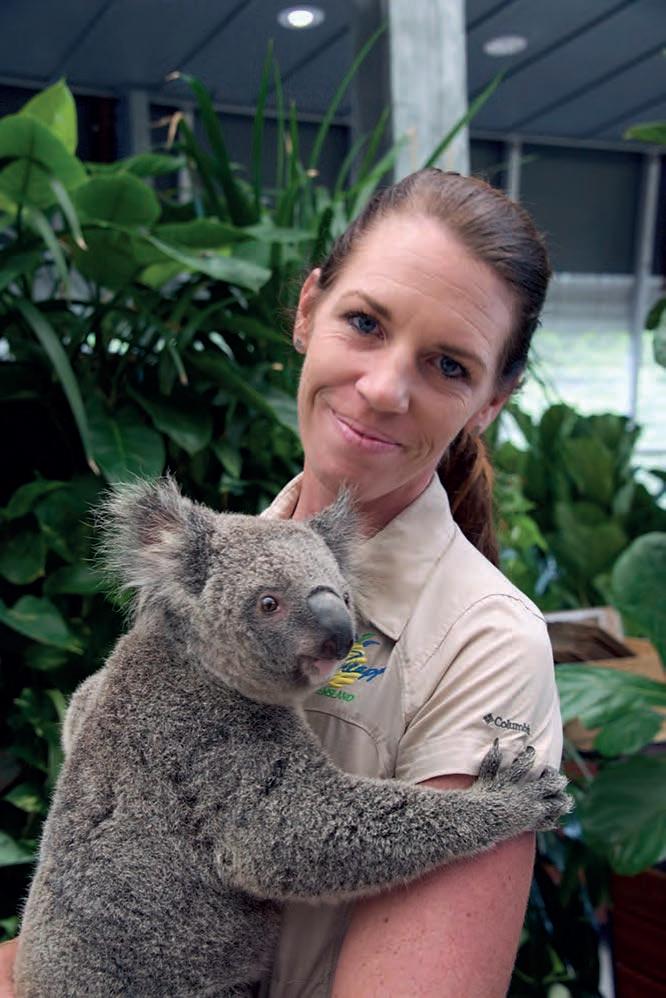
2 minute read
Koalas need our help more than ever…
There is much we don’t know about the koala. Since creating KoalaTracker.com.au in 2010, we have obtained substantial location information and death and injury data. We have discovered koalas do indeed drink water. They eat macadamia and camphor laurel leaves, some barks and flowers - and termite mounds in Ironbarks too.
This is the information we have attained through member sighting reports on Koala Tracker.
Advertisement
But now, we are crowdsourcing the location, points of impact, and cause of death and injury - for the public record, in a single national database. We are helping communities deliver to government the evidence they need to change the path of power lines and roads.
But we don’t know how many koalas are left. And, after recent devastating fires throughout the east coast - and the expert guesstimates of between 5,000 and 10,000 koalas lost, we are at risk of losing this most iconic Australian species.
The Threatened Species Scientific Committee has previously assessed and rejected the listing of the koala as endangered in 1996, 2006 and again in 2012. The reason it gave was: “the body of data on koala populations is patchy, often sparse, and not nationally comprehensive or coordinated.”
And we - the ordinary citizens - are the ones best placed to make the observations of koalas in the wild - on the scale that is required to gather this data.
This was my central driving idea behind the creation of KoalaTracker. It is Australia’s national koala map. It is a hub for concerned citizens, environmental consultants, researchers and government departments - to share information both in uploading reports and soon, the ability to download data files.
In the past decade, we have amassed a body of proof of koala colony locations that is increasingly difficult to ignore - most significantly, in areas deemed to be free of and not suitable for koalas.

You see, the focus for twenty years of koala conservation policy has been on trees - habitat as assessed by pixel colour on satellite maps. What’s important about this, is that significant infrastructure projects, development approvals and planning decisions use this satellite map, And those habitat values have no relationship with the actual location of koalas.
Because koalas don’t just live out there in some ether - between cities and farms, coast and mountains. They do not move out of the neighbourhood as we move in. They don’t have satellite maps showing where the best habitat is. We are providing the necessary evidence to preserve remaining and significant old growth food forests, such as Berrinba in Brisbane.
We have trained members to recognise signs of illness, from wet brown bottoms through infected eyes, triggering an immediate call for rescue to any one of the dozens of emergency contact numbers on our website. And, we are revealing information new to science. More importantly, we are generating a groundswell of community awareness, education and engagement in localised conservation that could just possibly, be the saving of the koala.
Get involved.
Join KoalaTracker.com.au.
Words: Alex Harris, real estate agent & Creator KoalaTracker.com.au






